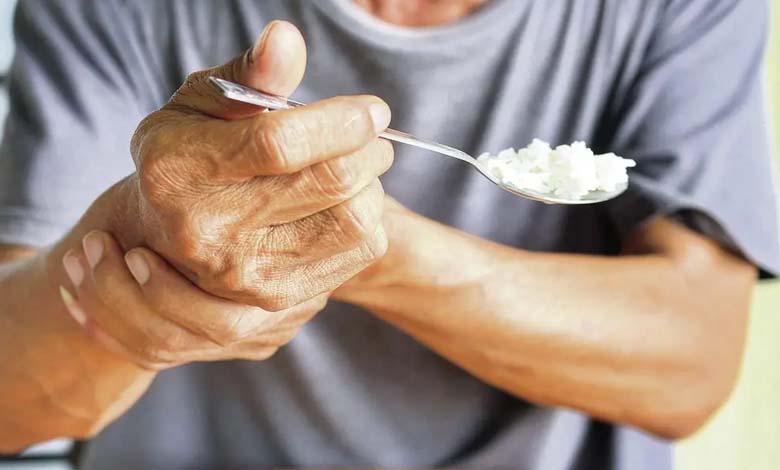Can Mold Exposure Cause Parkinson’s Disease?

A family from Colorado is seeking to set a major legal precedent by linking mold exposure in their rented apartment to the development of Parkinson’s disease in the father, according to a report published by Medical Xpress.
The lawsuit, set to begin on February 24, aims to prove that exposure to mold in the residential complex contributed to Steve Locke’s Parkinson’s diagnosis. Locke lived in the apartment with his wife, Linda Kells, and their young son.
-
Early detection test for Parkinson’s: “Vital Sign” Identifies the Disease
-
Parkinson’s: dopamine, a new treatment?
A former athlete, Locke was diagnosed with Parkinson’s disease in 2015, just six months after the family moved into the apartment.
According to the lawsuit filed in 2022, Locke’s health rapidly deteriorated after moving in, with the onset of tremors and walking difficulties. Although genetic tests ruled out known markers for Parkinson’s, his diagnosis raised concerns about environmental factors.
-
Digestive System Member “Responsible” for Parkinson’s Disease
-
The early symptoms of Parkinson’s disease
Additionally, their five-year-old son developed motor and verbal tics, later diagnosed as asthma, while Kells experienced memory loss and chemical sensitivities, according to the lawsuit.
The family was unaware of the possible source of these health issues until contractors repairing water damage discovered a significant mold infestation in the apartment.
-
6 Essential Genetic Tests for Women’s Health
-
Hand Tremors… A Simple Sign That May Hide Serious Diseases
The family’s attorney, Alan Bell, argued that this case could establish a groundbreaking legal precedent, stating that medical, brain, and urine tests provided clear evidence that mold exposure played a role in Locke’s condition. He said, “This is the first case in U.S. history where we can prove that Parkinson’s disease resulted from mold exposure.”
The lawsuit targets the two property management companies responsible for the complex, accusing them of negligence for failing to address known water leaks, leading to mold contamination. Bell criticized the management firms for prioritizing cost-cutting over tenant safety, accusing them of “putting profits over people’s safety.”
-
Mysterious disease in an african country kills 7 and affects dozens
-
Plastic in Our Plates: Foods Becoming a Health Threat
What Is Parkinson’s Disease?
Parkinson’s disease is a progressive neurological disorder that causes tremors, movement impairments, and balance issues. While the exact causes of the disease remain debated, scientists have linked environmental factors, including toxins, to its development. Recent research is also exploring the potential role of mold and mycotoxins in triggering symptoms similar to those of Parkinson’s disease.
Former maintenance workers at the residential complex testified that the building had persistent leaks that were never fully addressed. Independent mold tests conducted by the family confirmed the presence of toxic mold in the apartment. Additionally, lab tests found mold byproducts in Locke’s urine, further supporting claims of prolonged mold exposure.
-
The “Portfolio Diet”: The Path to a Healthy Heart and a Longer Life
-
Making New Friends after 60: A Step toward a Healthier and Happier Life
Joan Bennett, a professor of botany and pathology at Rutgers University, studies the impact of fungal toxins on human health. Her research on mold exposure in flies suggests that certain compounds may damage genes involved in dopamine production, a key factor in Parkinson’s disease. However, studies on mammals remain limited.
Alan Bell, who himself suffered from an environment-related illness in the 1980s, emphasized landlords’ legal responsibility to ensure safe living conditions. “A landlord is responsible for providing tenants with a safe home. When they know, or should know, that the place is unsafe, they must make it safe… But they didn’t. They merely covered up the problem in a superficial and inadequate manner.”
-
The Secret to Their Strength: How Magnesium Affects Senior Health
-
Boosts Brain Health.. 7 Health Benefits That Will Make You Want to Eat Spinach
The outcome of this trial could open new legal avenues in environmental health cases and contribute to a deeper scientific understanding of mold’s potential role in triggering Parkinson’s disease. This could, in turn, influence future research and legal regulations.












